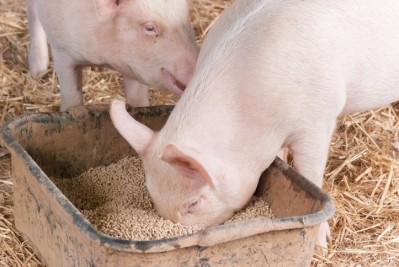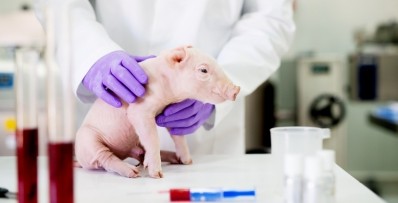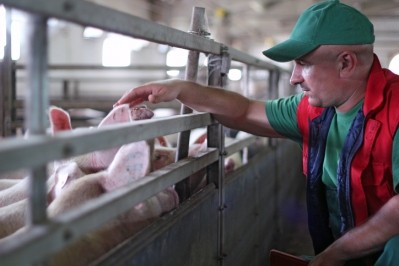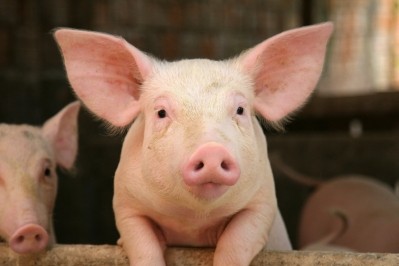Feed mill dust may offer diagnostic tool in US swine pathogen search
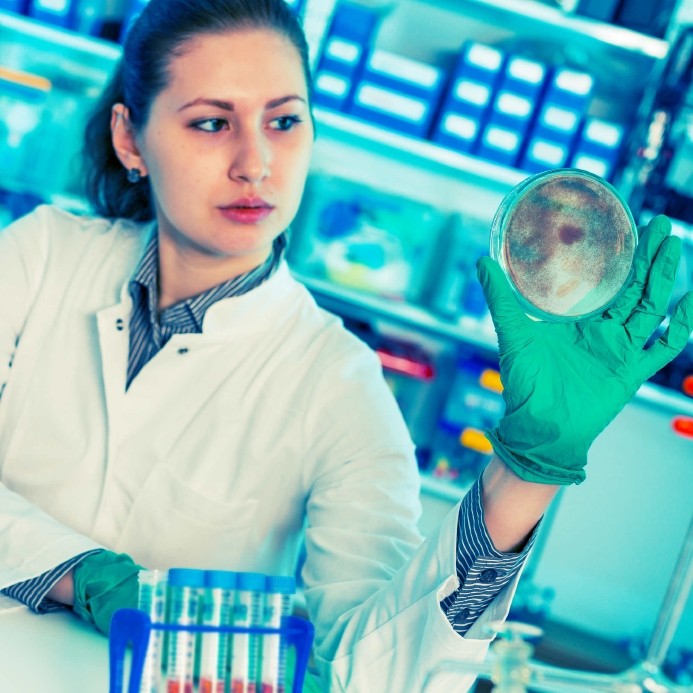
The project is being funded by the Swine Health Information Center (SHIC). It is part of the center’s ongoing work to address prevention, preparation and response for pork producers.
The overarching goal of the project is to help identify pathogen risks for swine producers, said Paul Sundberg, executive director with the SHIC.
“The introduction of swine pathogens via feed it has been fairly well documented with the Porcine Epidemic Diarrhea Virus (PEDV). There is the risk of infection through feed,” he told FeedNavigator. “Becuase of this SHIC has funded research to look at the potential for importing other viruses in feed from [imported ingredients.]”
The current identification project looks at the collection and analysis of dust in a feed mill to check for the presence of pathogens, he said. The dust generated during the feed milling process is comprised of all the different ingredients used in that feed.
The research team is establishing how much dust is needed to generate an accurate sample and what the best process for testing it is, he said. Next steps include designing a monitoring or surveillance system to make use of the testing protocol.
“What we’re doing is building the tool, and the next step is what we might be able to use that tool to build,” said Sundberg.
Additionally, the project may have implications beyond the swine feed sector as it could be used to test feeds for other species, he said. “Hopefully we can get the cooperation and the collaboration of the feed industry, because it’s in our collective best interest to understand if there is a risk and how to address it,” he added.
“This foundation work is to help everyone be a little stronger, and a little better [able] to help prevent, or put off longer the introduction of these pathogens,” he said.
Previous work has sought to track the role that feed plays in the spread of PEDV.
Kansas State University also has played a role in seeking to determine both the transmission methods of the virus and what could be a viable mitigation.
Previous coverage detailing experiments conducted to track survival rates of PEDV and other pathogens are available here and here.
Project details and looking forward
Testing the dust created during feed mixing may offer a faster way to check complete feeds for pathogen presence, said Sundberg.
“We import DDGS [dried distillers grains], minerals, soybean meal, amino acids – and all of those products are going into a feed mill to make feed for our pigs,” he said. “If we want to investigate the risk that those products could give to the industry, the risk of a pathogen [going] on to a farm, then we’d have to look at each of those components independently – we’d have to monitor, DDGS, vitamins and soybean meal and minerals all separately.”
However, if one of the ingredients carries a pathogen that presence should be locatable in the dust, he said. “We’re using dust as a screening test to look for pathogens that might be in the feed,” he added.
“Theoretically it’s a good screening material to identify pathogens,” he said. “And if we find a positive test for whatever we’re screening for in the feed products, then we’d have to check the individual products.”
Currently the experiment being run is validating the way sampling is done and establishing potential protocols to be use that monitoring method, said Sundberg. The initial tests are being run looking for the Senecavirus A (SVA).
The work is being done at Kansas State University, he said. The project is set to go on for a year.
“We have interest in Seneca Valley, but the idea is to develop a model and. If successful, we should be able to use the sampling protocol to find FMD [foot and mouth disease], if we get it, PEDV or other pathogens that we want to look for,” he said. “We’re going to develop the model using Seneca Valley and if it’s successful – then we can put in whatever pathogen we have of interest and adjust that to sample.”
Lessons from PEDV
The center also is nearing completion on a research project seeking to understand which pathogens and swine diseases may be able to survive the import process and in which feed ingredients, said Sundberg.
That project has been of interest since the outbreak of PEDV in the US in 2013, he said. Prior to that imported feed ingredients were not considered likely to carry infectious diseases.
“When PEDV broke those of us working on it all had similar opinions that it most probably could not have been imported in vitamins and minerals from China, even though there was indication that feed was involved,” said Sundberg. “There was no way that a virus could survive two weeks in dried materials – subsequent research proved that we were wrong, and that PEDV could survive in those conditions.”
The Kansas State lab is examining survivability of other viruses including FMD, classical swine fever, African swine fever and pseudorabies, he said.
“If PEDV can theoretically get here from China through feed, then the question is what other things can get here?” he said. “FMD, pseudorabies, and a variety of other production diseases may also be theoretically at risk of being imported.”
